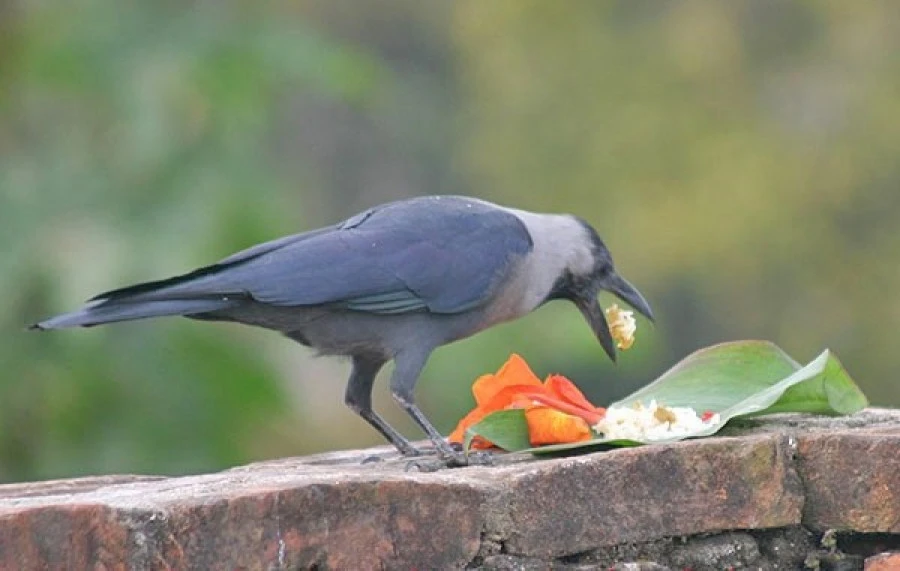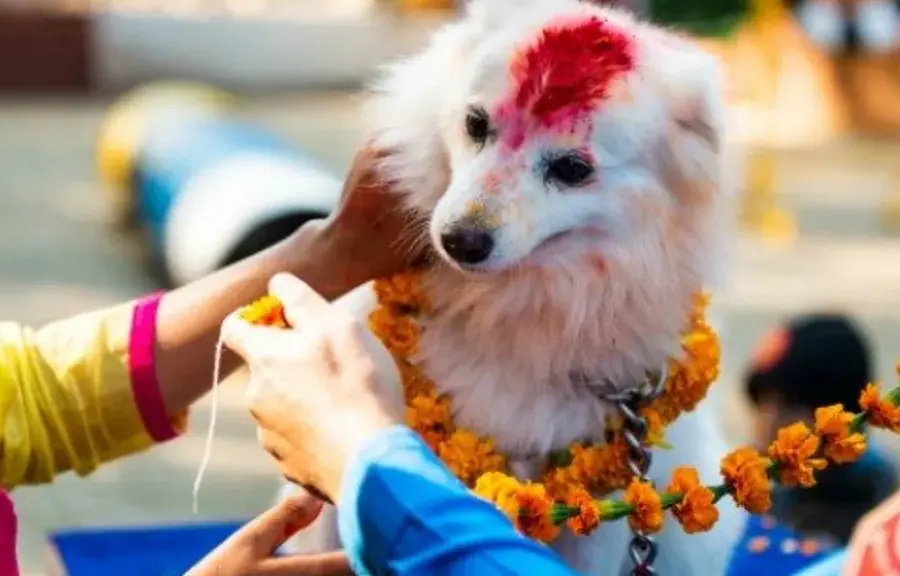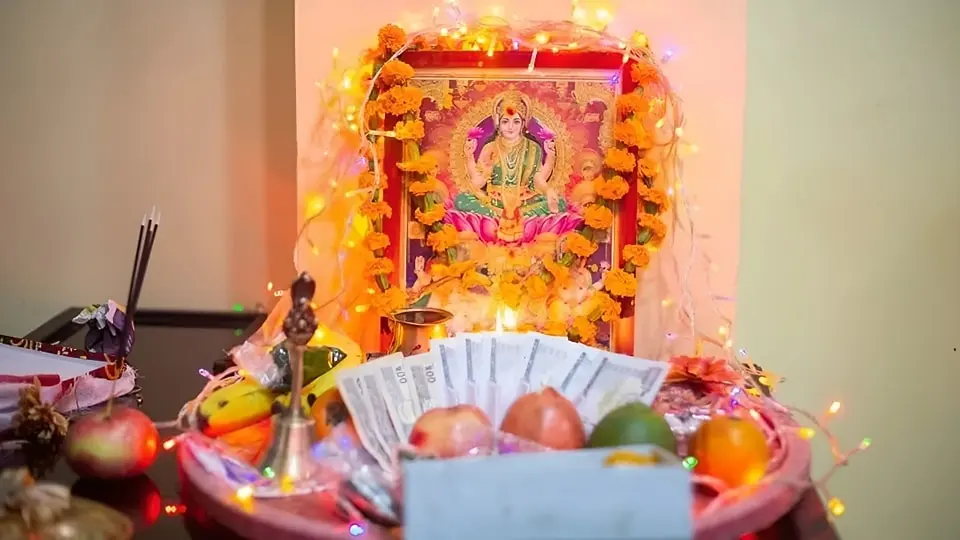Experience the Festival of Lights – Tihar 2025 in Nepal
Tihar, also known as the Nepali festival of lights, celebrates life, prosperity, and the bonds of family. It spans five days of vibrant rituals, glowing lamps, music, and joyous gatherings. Witness Nepal come alive with candles, rangoli patterns, and festive cheer.

Why Celebrate Tihar?
Lights, Love, and Devotion in Every Corner
Tihar honors the animals, deities, and relationships that enrich life. From revering crows and dogs as messengers and protectors, to sacred worship of cows and oxen symbolizing prosperity, to the heartfelt sister-brother blessings on Bhai Tika, Tihar weaves spirituality and joy seamlessly.
5 days
Hindu rituals & festivities
4 days
Animal worship (Crow, Dog, Cow, Ox)
Millions
Homes decorated with diyas & lights
Tihar: The Festival of Lights and Colors
A Deep Dive into Culture and Spirituality
Tihar is rooted in Hindu beliefs, symbolizing the victory of light over darkness and good over evil. Unique to Nepal, it overlaps with Indian Diwali but has distinct customs, known locally as Yamapanchak. Each day focuses on various animals and relationships central to community life.
Homes and streets glow with oil lamps (diyas), vibrant rangoli designs, and decorative garlands, enhancing the festival's enchanting atmosphere across the nation.

Key Days and Celebrations of Tihar


Essential Traditions and Customs of Tihar
Tihar unites spirituality with fun, including traditional songs, dance (Bhailo and Deusi), and gift exchange. It reinforces family bonds and community ties in a harmonious, joyful setting.
✨
Lighting Diyas and Lamps
★
Creating Vibrant Rangoli
❤
Bhai Tika Ceremony for Siblings
♥
Traditional Nepali Delicacies
Immerse in Tihar’s Magical Atmosphere
Stroll through Nepali towns and villages during Tihar nights when every home shines with countless diyas, children sing Bhailo songs, and the air fills with the scent of incense and festivity. The rhythmic beats of traditional music paint a vivid cultural portrait of Nepal’s joyful celebrations.
Origins, Mythology, and Regional Variations
Tihar’s origin traces back to ancient Hindu scriptures, celebrating divine entities and natural bonds. It is known as Yamapanchak and Dipawali. Regional differences lend a rich tapestry of practices, from urban festivities in Kathmandu to rural ceremonies in the mountains. *Note: Environmental considerations are rising, with many communities choosing to reduce firecracker use.*

Join Nepal’s Festival of Lights and Love
Discover the warmth, light, and deep cultural heritage of Tihar. Experience an unforgettable journey of spirituality and joy with family and community.
Get ready to celebrate Tihar 2025 with us!

Tihar Celebration Highlights
Embrace the diverse, vibrant activities that make Tihar a spectacle of color and devotion.
- Lighting decorative diyas and candles
- Crafting ornate rangoli designs
- Participating in Bhailo and Deusi dance songs
- Worshipping animals ceremonially
- Sharing traditional festive meals
FAQs About Tihar Festival
Frequently asked questions to help you understand and enjoy Tihar fully.

